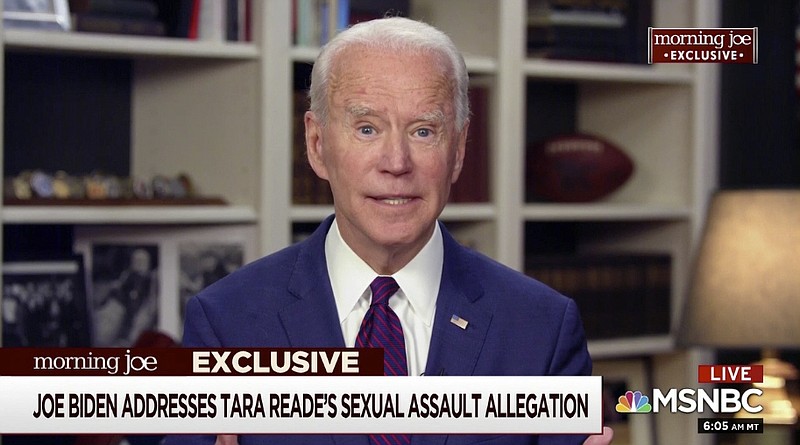As late as October, as the presidential election drew near, national media reported that the United States economy was unlikely to recover from its global pandemic recession until 2022 or later.
"The continuing unemployment crisis has led economists to become increasingly pessimistic about when the country might return to pre-pandemic levels," Time reported in October. "Business and academic economists surveyed by the Wall Street Journal in April predicted the labor market would recover by 2022. But when surveyed again in October, 55% had extended their recovery forecast to 2023 or later."
A CNN report before the election was even darker.
[F]ull employment (a term used by the Federal Reserve to signify a healthy job market), it said, "won't be achieved until mid-2024, just in time for Joe Biden (or Vice President-elect Kamala Harris) to seek re-election."
Miraculously, less than two months later, optimism was soaring.
A Business Roundtable survey released Monday said many CEOs believe their operations have either recovered from the pandemic or will fully recover by year-end.
Its fourth-quarter overall index was 86.2, above its average of 81.5. That mark showed an increase of more than 50 points from the second quarter and 22.2 point higher than the third quarter. Further, more CEOs projected sales, capital spending and hiring to increase over the next six months.
What changed? The same man was president of the United States when the gloomy forecast was made in October and when some of the CEOs looked over their fourth-quarter numbers and said their operations were likely to recover from the pandemic by year's end.
We don't believe the economy changed much between late October and early December. What changed is how the media wanted to present the picture of the economy to Americans under President Donald Trump and under presumed President-elect Joe Biden.
When the election was on the line, it benefited a biased national media to offer a dark snapshot of how the future might look under a second Trump administration. If voters thought things wouldn't get better under Trump, under whose leadership record low unemployment numbers had been reached, they would opt for the Washington lifer Biden.
One reason the CEOs likely have so much optimism is the expected beginning of the distribution of the vaccine for the COVID-19 virus.
In that realm, too, what the media projected before the election was quite different from what it has said since.
CNN and MSNBC before the election called Trump's declaration that a vaccine would be ready before the end of 2020 "happy talk" and quoted "experts [who] said he would need a miracle."
They further tried to dampen enthusiasm by asking "are they cutting corners for political purposes?" and stating there was "skepticism from the public about the safety of a vaccine."
Their experts said "12 to 18 months [would be needed] to develop, test and produce a vaccine." And they were only too happy to quote Biden and Harris sowing doubts about any virus developed while Trump was president.
Even last week, Biden, without evidence, said the Trump administration's vaccine distribution plan lacked strategy.
"There is no detailed plan that we've seen, anyway, as to how you get the vaccine out of a container into an injection syringe into somebody's arm," he said.
Health and Human Service Secretary Alex Azar, speaking on Fox News Sunday, said that was patently false.
He said the administration's plan was quite elaborate and intricate, and that within 24 hours of FDA approval shipments would be sent to all 50 states and U.S. territories.
"We have comprehensive plans from the CDC working with 64 public health jurisdictions across the country, as our governors have laid out very detailed plans that we've worked with them on," Azar said. "We're leveraging our retail pharmacies, our hospitals, our public health departments, our community health centers."
After the election, when the first pharmaceutical companies made the announcement of vaccines, the same media outlets skeptical of their development under Trump's Operation Warp Speed and who seeded doubt in the minds of individuals over their safety, rushed to tout their efficacy and distribution, which largely would come under a Biden presidency.
Even Obama and former Presidents Bill Clinton and George W. Bush said they would take the vaccine.
What changed? The same man was president when media outlets said a vaccine couldn't be developed by the end of the year and when manufacturers said they had done just that.
We don't believe the vaccine changed nor will it before it gets distributed. What changed is how important it was to the national media that Trump get little or no credit for it and for Biden to get as much credit as possible when the bulk of it is distributed.
In both the economy and in the vaccine lie the story of 2020, and in how much it matters who tells the story.
